In the world of software engineering,Taste of Future Sister-in-law (2023) code can take multiple forms from the time it's written by a programmer to the moment it is executed by a computer. What begins as high-level source code, written by humans in languages like Python or Java, this code eventually is eventually transformed into machine code – a sequence of 1s and 0s – that represent the lowest-level language a computer can read and execute. Often, an intermediary format called bytecode bridges the gap between high-level source code and machine code.
Machine code is the most basic and fundamental level of code, designed to be directly read and executed by a computer's hardware. It is so low-level that it is neither human-readable nor accessible to higher-level systems. Machine code consists entirely of binary sequences – 1s and 0s – that correspond to specific commands or operations, instructing the computer's components (e.g., memory, CPU) on exactly what to execute.

Editor's Note:
This guest blog was written by the staff at Pure Storage, an US-based publicly traded tech company dedicated to enterprise all-flash data storage solutions. Pure Storage keeps a very active blog, this is one of their "Purely Educational" posts that we are reprinting here with their permission.
High-level programming languages are typically translated into machine code through a process called compilation or assembly.
The primary role of machine code is to serve as the interface between software and hardware. It converts high-level programming languages (code you write in Java, C#, Python, etc.) into instructions a computer can understand and execute. Additionally, machine code forms the foundation for higher-level programming languages, as well as the compilers and interpreters used to create intermediary formats like bytecode, which will be discussed next.

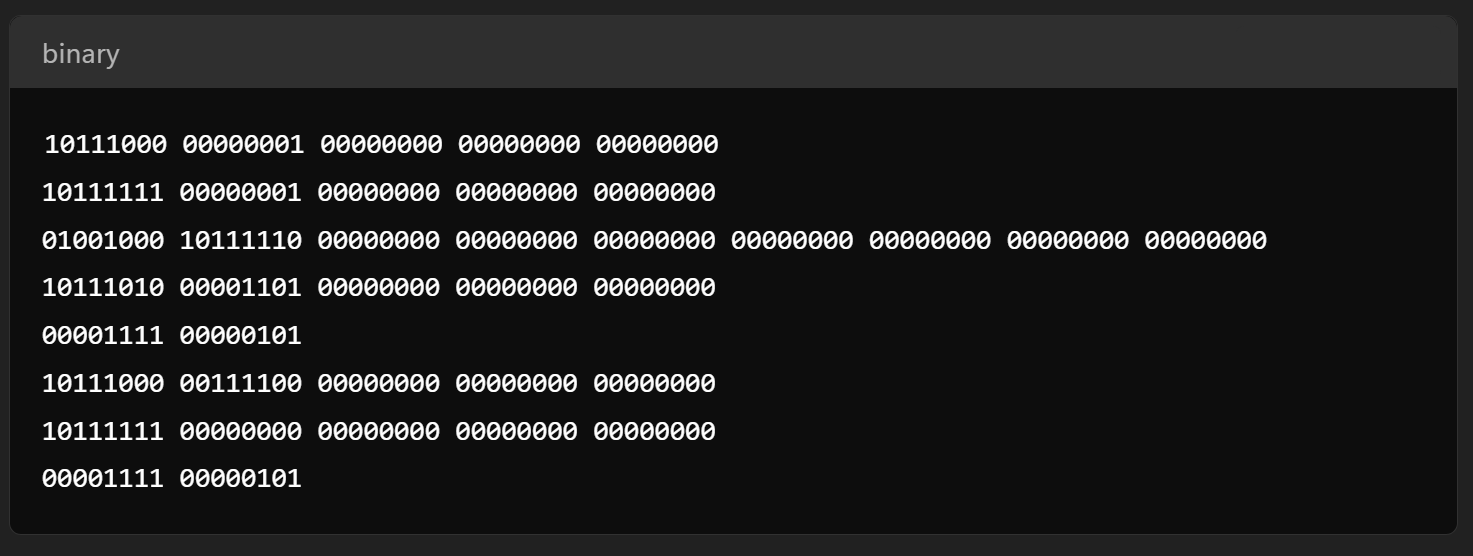
When software is written in a variety of programming languages, machine code ensures that high-level, human-readable commands are transformed into machine-readable instructions. Furthermore, machine code is optimized for the specific hardware it runs on, maximizing efficiency and performance.
Bytecode is a compact, platform-independent, and portable version of high-level code. It's akin to a middle ground between source code and machine code: It's not readable by a human programmer like source code, but it's also not readable by hardware, like machine code. Instead, a compiler within a programming environment translates the source code into bytecode, which is then executed by a virtual machine or interpreter or compiled further.
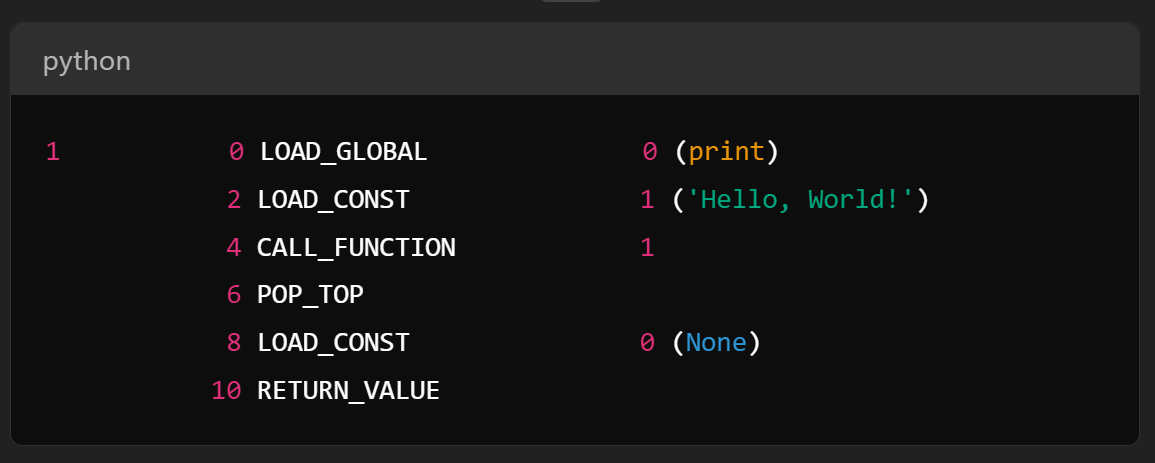
This distinction is important because modern software often needs to run on various devices, operating systems, and platforms. Bytecode enables this by providing a simplified, standardized representation of the source code in numeric form.
This format makes bytecode lightweight and portable, unlike machine code, which is often specific to a particular hardware architecture (e.g., a specific CPU). As long as a system has the appropriate virtual machine, it can execute the bytecode.
In simple terms, bytecode is a streamlined, compact version of a program written in a high-level programming language, such as Java or Python. However, it cannot be executed without a virtual machine or interpreter. Bytecode is also sometimes referred to as "p-code" (short for portable code).
Machine code is generally faster than bytecode because it is easier and quicker for a computer to process. This is primarily due to the absence of an abstraction layer, which is present in bytecode to simplify programming and compilation. While this abstraction layer makes code development more efficient for programmers, it often results in a trade-off in performance. Abstraction reduces the code's granularity and limits direct control over machine operations.
Machine code is closely aligned with the hardware's cache, memory, and other components, enabling software to be highly optimized for the specific hardware. Written in the computer's native language, machine code eliminates the need for additional interpretation. This means you are giving the machine exact instructions in the language specifically designed for it, resulting in minimal overhead and faster execution.
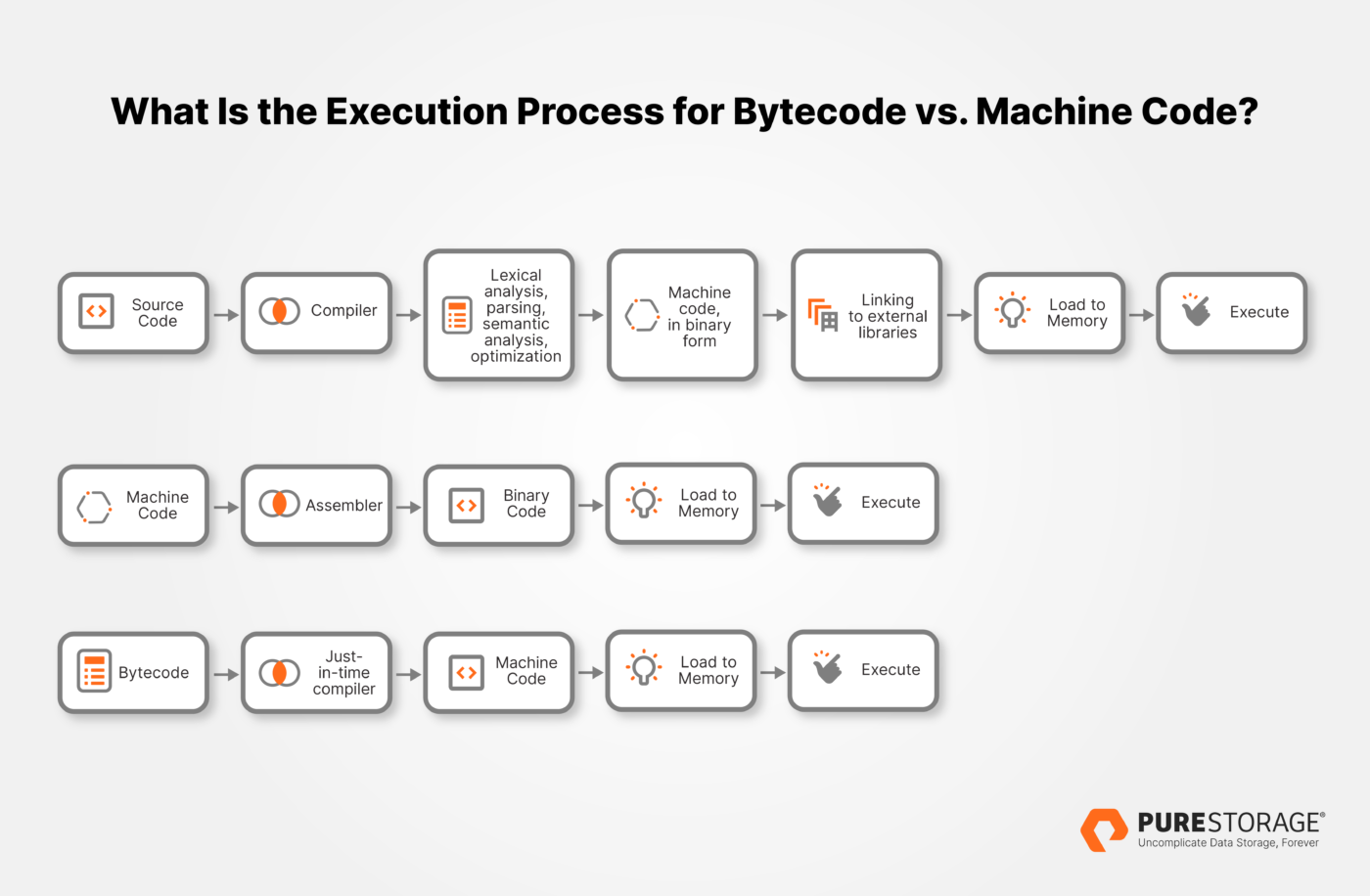
Bytecode, on the other hand, requires an additional layer of interpretation, which can introduce delays and complexity. Techniques like just-in-time (JIT) compilation can improve bytecode performance by converting it to machine code during runtime. However, machine code still benefits from superior hardware-level optimization.
A compiler that generates hardware-specific machine code can fully utilize the unique features of the hardware, whereas bytecode often cannot leverage these features as effectively.
No, binary code is not the same as bytecode. While both are written in binary format (sequences of 1s and 0s), they serve different purposes:
Yes, the Common Intermediate Language (CIL) in Microsoft's .NET framework is a form of bytecode. Like Java, .NET operates on the principle of "write once, run anywhere." A compiler translates source code written in .NET languages into CIL instructions. These instructions can then be executed on any system with a compatible Common Language Runtime (CLR).
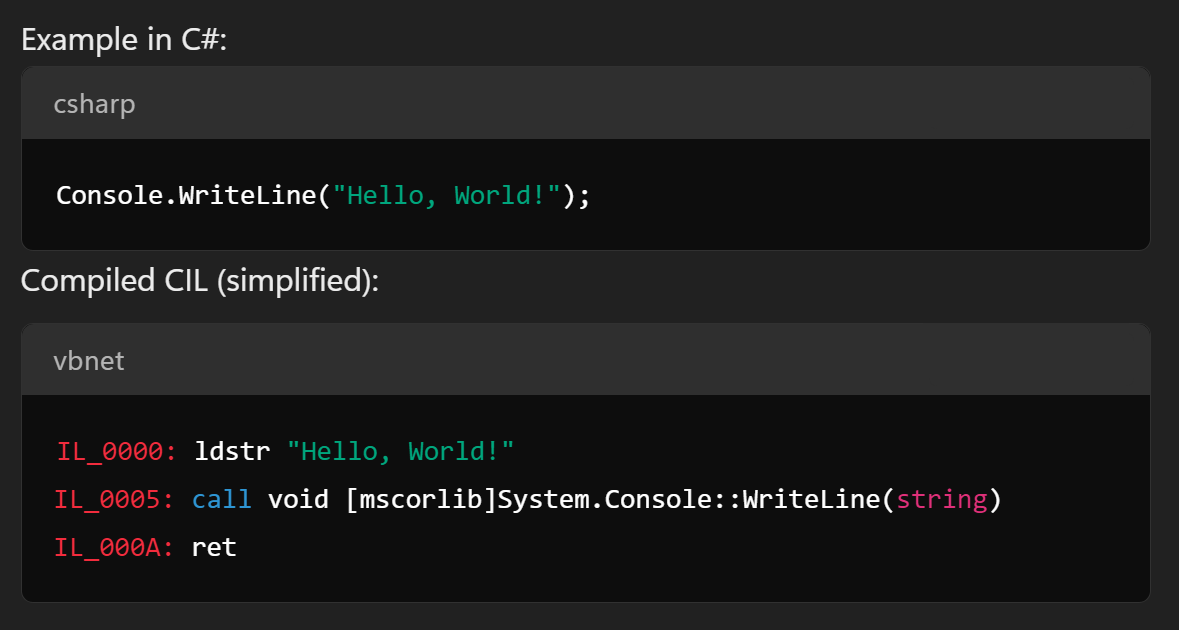
Java is one of the most portable modern programming languages and bytecode is a cornerstone of this characteristic. When a Java application is compiled, the compiler generates bytecode instead of machine code.
When a Java application is written, it gets compiled and generates bytecode, which provides instructions to the JVM, which acts as an interpreter for each method in the Java program. The machine code it generates can be efficiently executed by the CPU.
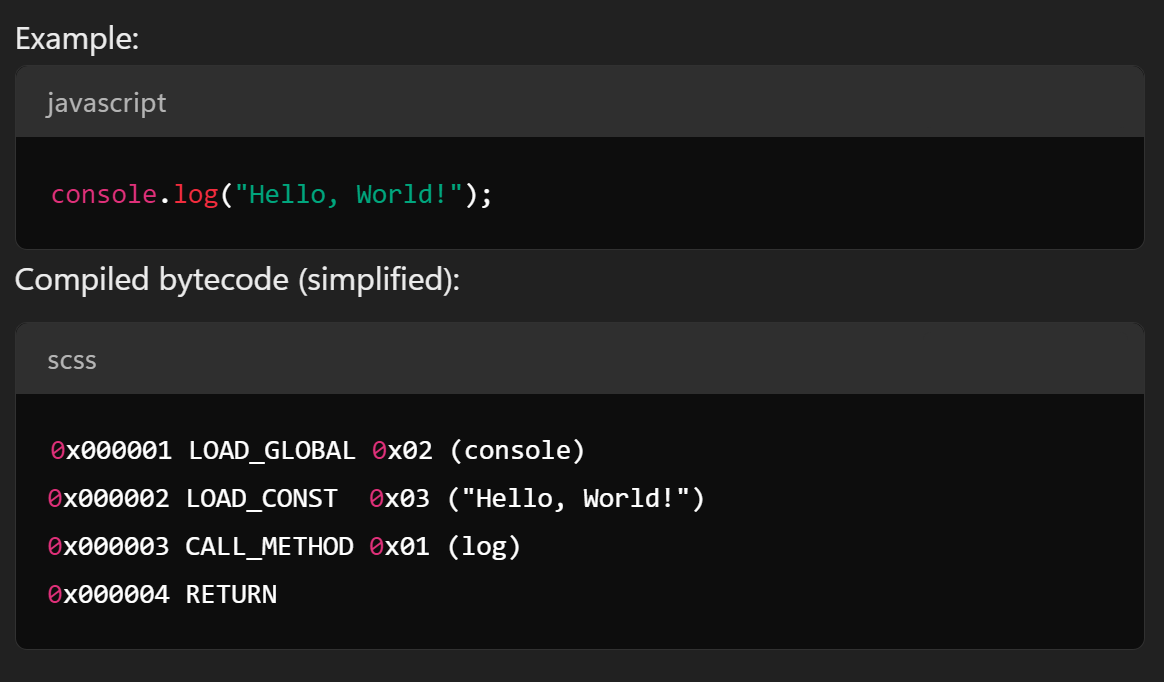
Just-in-time compilers can help developers get the best of both worlds: the portability of high-level programming compiled into bytecode with the efficiency of machine code and better optimization of machine-specific features.
 Nintendo Switch 2 preorder just days away, per leak
Nintendo Switch 2 preorder just days away, per leak
 Intimisms: “Psychologic Poetry in Painting”
Intimisms: “Psychologic Poetry in Painting”
 Taxicab Confessions: Sure, I’d Kidnap a Celebrity!
Taxicab Confessions: Sure, I’d Kidnap a Celebrity!
 How Do You Turn a Political Movement into a Book Cover?
How Do You Turn a Political Movement into a Book Cover?
 U.N. confirms the ocean is screwed
U.N. confirms the ocean is screwed
 The Rise of the Spoiler Alert
The Rise of the Spoiler Alert
 Heartbroken? The Museum of Broken Relationships Is Here for You
Heartbroken? The Museum of Broken Relationships Is Here for You
 Habitat for Humility: Voluntourism in Lesotho
Habitat for Humility: Voluntourism in Lesotho
 NYT Strands hints, answers for April 23
NYT Strands hints, answers for April 23
 The Beginnings of Briggflatts
The Beginnings of Briggflatts
 Robin Triumphant
Robin Triumphant
 The Paris Review’s Summer 2016 Issue Is Here!
The Paris Review’s Summer 2016 Issue Is Here!
 Glen Baxter Week, Day Five: Porn Collections, Yodelers
Glen Baxter Week, Day Five: Porn Collections, Yodelers
 Michael Herr, 1940
Michael Herr, 1940
 'Mario Kart World' Nintendo Direct: 3 takeaways
'Mario Kart World' Nintendo Direct: 3 takeaways
 What Our Contributors Are Reading This Summer
What Our Contributors Are Reading This Summer
 How We Imagined a Female President Would Look in 1992
How We Imagined a Female President Would Look in 1992
 Revisited: Elliott Smith, Either/Or
Revisited: Elliott Smith, Either/Or
 Character AI reveals AvatarFX, a new AI video generator
Character AI reveals AvatarFX, a new AI video generator
 “Genesis,” a Poem by the Late Geoffrey Hill
“Genesis,” a Poem by the Late Geoffrey Hill
Hubble captures a 'missing link' in supermassive black holesBest Apple deals: Save on AirPods, MacBooks, and iPads this weekend at Best BuyHuawei leapfrogs Apple as HarmonyOS surpasses iOS market share in China · TechNodeTata Group may acquire majority stake in Vivo India · TechNodeRuud vs. Zverev 2024 livestream: Watch French Open for freeNASA's Hubble confirms largest comet ever seenHow to watch Axiom space mission depart from ISSDoes Tinder notify about screenshots?NASA Mars rover spots dusty weather blowing across the Martian desertNASA Mars rover spots dusty weather blowing across the Martian desertXiaomi may release its first flip phone, the MIX Flip, next month · TechNodeNetherlands vs. South Africa 2024 livestream: Watch T20 World Cup for freeSee dazzling photos of the Full Pink MoonDisney hacked, apparently by angry Club Penguin fans'Bad Boys: Ride or Die' review: Back in action, with explosions and banterAshes of the Kingdom (Code: Ruyuan) secures approval for domestic release · TechNodeNYT's The Mini crossword answers for June 7Chinese battery maker Gotion hits back at forced labor criticism · TechNodeNew York Times code stolen and leaked on 4Chan — Wordle apparently includedTencent’s mobile game Dungeon and Fighter earned $100 million in 10 days in May · TechNode MySpace lost 12 years of music and photos, leaving a sizable gap in social network history Famous landmarks around the world turn green for St. Patrick's Day Here's what some electric vehicles will sound like to warn pedestrians Uber will have to give holidays, basic employment rights to UK drivers Copenhagen turns their frustrations with Trump into a genius bus ad Stadia will make YouTube livestreamers a lot more valuable New Zealand's silver fern redrawn as Muslims praying gets plenty of online attention Extremely specific mood playlists will have you feeling emotions you didn't know existed The first reactions to the Theranos documentary are in, and yikes South Asians tell their families not to vote for Donald Trump Grandmother creates emoji to better reflect older people 'The Simpsons' and Deadpool celebrate the completion of the Disney Xiaomi's new gaming phone has 12GB of RAM, pressure iPhones infringe on three Qualcomm patents, jury rules Facebook belatedly makes it harder to run some discriminatory ads Teen eggs politician. Now he’s being offered free tickets to concerts for life. Kim Kardashian sat in the audience at Kanye West's show and I'm crying Michelle Obama drops her own delightful shimmy for Hillary Clinton Apple's Jonathan Ive is designing a Christmas tree this year Facebook reveals more details about how Christchurch terror attack video spread
1.9469s , 10179.0234375 kb
Copyright © 2025 Powered by 【Taste of Future Sister-in-law (2023)】,Feast Information Network